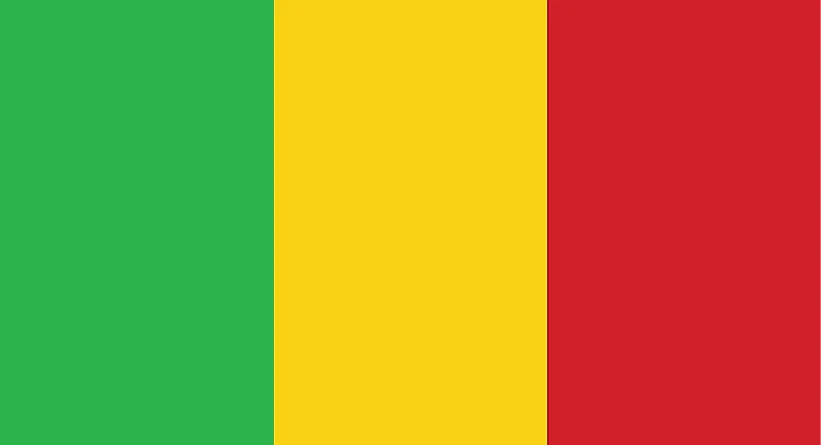
Mali
| Continent | Africa |
| Capital | Bamako |
| Population | 17,467,108 |
| GDP | $38.09 Billion |
| GDP per Capita | $2,300 |
| Dialing Code | +223 |
| ISO Code (2-letter) | ML |
| ISO Code (3-letter) | MLI |
Mali Landscapes






About Mali
Welcome to Mali, a nation where Saharan sands meet Sahelian savannas. With approximately 20.3 million people occupying 1.24 million square kilometers, Mali combines remarkable historical heritage with diverse landscapes, standing as home to some of Africa’s most significant ancient civilizations.
Geographic Features and Natural Beauty
Mali’s geography encompasses extraordinary diversity, from the Sahara Desert in the north to the Niger River basin in the south. The country features dramatic landscapes including the Bandiagara Escarpment, the Niger Inner Delta, and the ancient city of Timbuktu.
The landscape transitions from desert to semi-arid Sahel and then to more fertile regions in the south. The Niger River, Mali’s lifeline, creates a vast inland delta, supporting unique ecosystems and traditional ways of life.
Protected areas include the Boucle du Baoulé National Park and various wildlife reserves. The country’s varied geography supports diverse ecosystems from desert to savanna, though environmental challenges persist.
Cultural Heritage and Traditions
Malian culture represents a rich tapestry of ethnic traditions, including the Bambara, Fulani, Tuareg, and Dogon peoples. The country’s heritage includes remarkable architectural achievements, particularly the ancient mosques of Timbuktu and the cliff dwellings of the Dogon people.
Traditional arts include distinctive mud cloth (bogolan), jewelry making, and musical traditions that have influenced global popular music. Mali’s musical heritage, featuring instruments like the kora and ngoni, has produced internationally renowned artists.
Malian cuisine features dishes based on rice, millet, and maize, with regional variations reflecting local resources. The tradition of storytelling through griots remains central to cultural preservation.
Historical Journey
Mali’s history spans from the great medieval empires through French colonization to independence in 1960. The region was home to several powerful empires, including the Ghana, Mali, and Songhai empires.
Significant periods include the golden age of Timbuktu as a center of learning, the Mali Empire under Mansa Musa, French colonial rule, and post-independence development. The country’s rich historical legacy continues to influence its cultural identity.
Modern Economic Landscape
Today’s Malian economy combines traditional agriculture with growing sectors in mining and services. The country is Africa’s third-largest gold producer and has significant potential in other minerals.
Recent initiatives focus on agricultural development, infrastructure improvement, and economic diversification. Mali’s strategic location and natural resources provide opportunities for development despite challenges.
International Relations and Global Position
Mali maintains active participation in regional organizations while working to address security challenges. The country’s cultural heritage and historical significance contribute to its international standing.
Did You Know?
• Timbuktu was once one of the world’s greatest centers of learning, with vast libraries of manuscripts?
• The Great Mosque of Djenné is the world’s largest mud-brick structure?
• Mali’s ancient manuscripts contain advanced mathematical and astronomical knowledge?
• The country was home to one of history’s wealthiest rulers, Mansa Musa?
Conclusion
Mali represents a unique combination of historical grandeur and cultural richness. From its ancient cities to its modern challenges, from its musical traditions to its development aspirations, Mali continues to evolve while preserving its remarkable heritage. As it addresses contemporary challenges including security and development, Mali remains committed to building on its historical legacy while fostering sustainable growth.